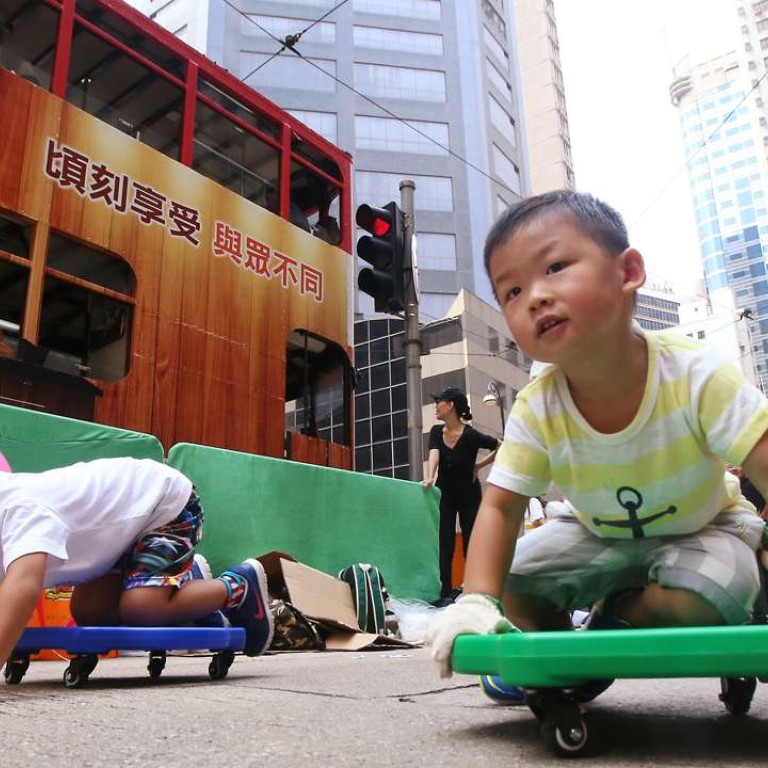
Making Hong Kong a walkable city, one step at a time
Ian Brownlee says the success of events creating car-free areas is a case for more pedestrian-friendly zones, and the new South Island MTR line could be an added catalyst
The opening of the South Island MTR line next month will mean that, for the first time, people from the south of Hong Kong Island will not be totally reliant on road transport. Travel patterns will change away from road traffic, making it the perfect time to make more space available for people to walk.

Hong Kong’s South Island line will start running by the end of this year, says MTR chairman
In Hong Kong, huge numbers walk as part of their daily commute but that walk is often unpleasant. It is crowded and pedestrians lose space to vehicles.
The area selected for the event has been identified by the Institute of Planners as the first stage of permanent pedestrianisation of Des Voeux Road Central. This experiment showed how traffic could be diverted, and helped understand how a pedestrian scheme could be modified to make everything work.

Traffic banished from stretch of one of Hong Kong’s busiest roads in unique experiment
It found that about 14,400 people visited; turnover for 42 shops increased over a normal Sunday; air quality improved markedly; there were no major traffic problems; there were complaints of too many barriers restricting people, and overcrowding in the afternoon.
The success of “Very DVRC” has encouraged the push for permanent improvement of the street for pedestrians.

Keep on walking: veteran Hong Kong architect urges government and business to dump car-oriented planning approach
The space must be shared so that goods vehicles use it at certain times, but pedestrians dominate at others. Some provision for buses and taxis should be made, but not for private vehicles.
The new MTR line will result in the reorganisation of public transport through Central and, with good traffic planning, this can create more space for people permanently.
Ian Brownlee is managing director of Masterplan Limited and a fellow of the Hong Kong Institute of Planners which is promoting pedestrianisation as a public initiative

